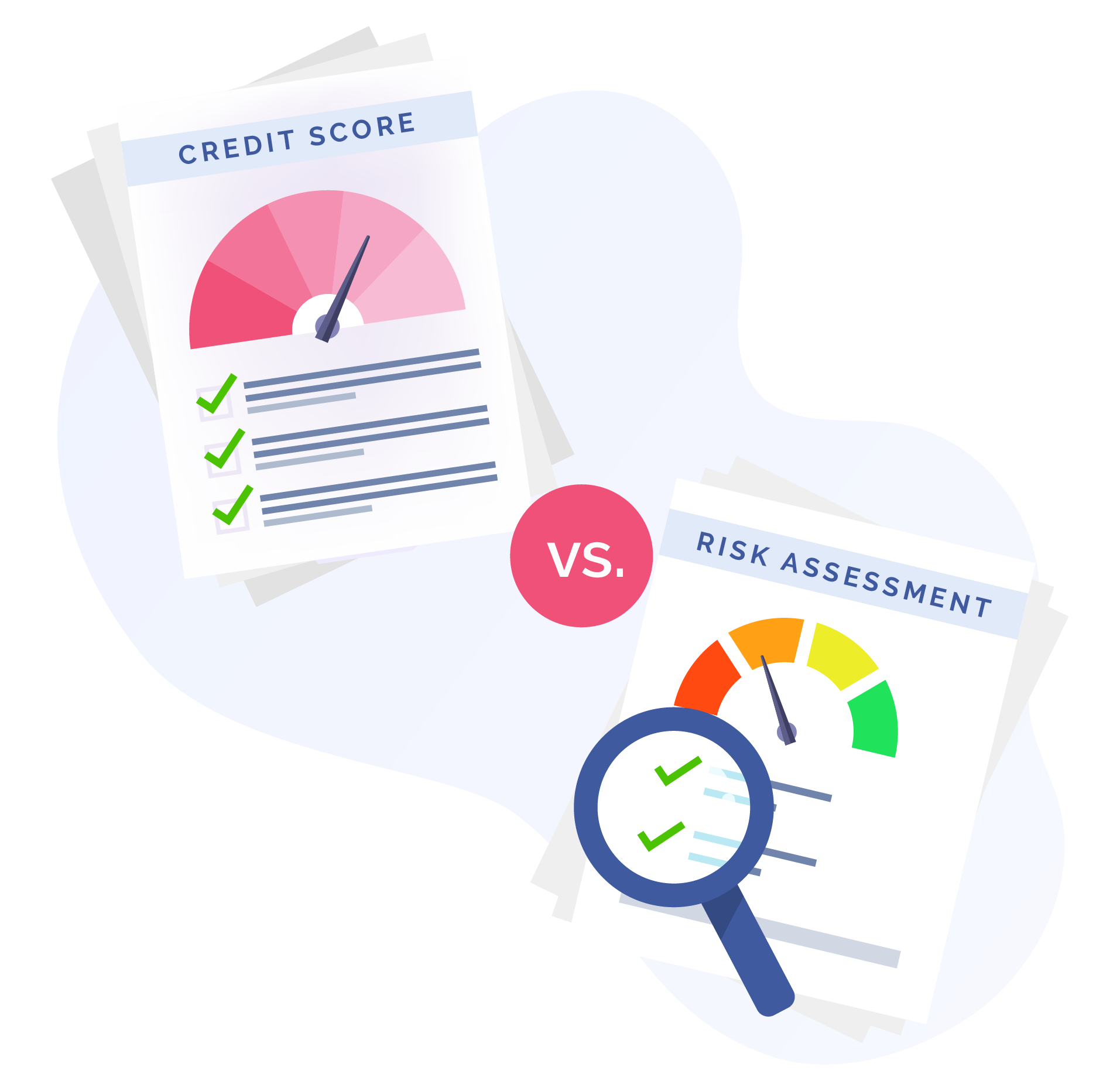
Selling a promissory note can be a strategic move, especially if you’re looking for immediate cash flow. But to get the most value, it’s crucial to understand what determines its worth. Below, I’ll take you through five key factors that significantly impact how much your promissory note could sell for. Whether you inherited the note, used it for a property transaction, or simply need liquidity, knowing these factors will help you make the right decision.
1. Interest Rate: The Real Value Multiplier
The interest rate on your promissory note plays a major role in how much it’s worth. Simply put, the higher the interest rate, the more appealing your note is to potential buyers. Imagine it like this: if your note has an interest rate of 8%, it’s more attractive compared to one with a 4% rate. Investors are essentially buying a stream of income, and higher interest means more returns for them.
But here’s the kicker—interest rates fluctuate. If the general market rates are below your note’s rate, you’re in a prime position to demand a higher price.
Actionable Insight: Compare your note’s rate with current market rates. If your rate is higher, use that to your advantage in negotiations.
2. Payment History: Trust Is Everything

Think of payment history as a trust score. If the borrower has made consistent, on-time payments, your note is inherently more valuable. Buyers want to feel confident that payments will keep rolling in without hiccups.
On the flip side, late or missed payments make your note riskier—and risk means less value. Nobody likes uncertainty when money is involved.
Actionable Insight: Before selling, gather proof of consistent payment history. This will strengthen your position and potentially fetch you a higher price.
3. Remaining Term: Shorter Often Means Less Risk
How much time is left on the note? The remaining term can be a deciding factor for many buyers. Notes that will be paid off soon are typically less risky. Why? The shorter the time frame, the fewer chances there are for unexpected issues to arise—like changes in the economy or the borrower’s financial situation.
Actionable Insight: If you have a longer-term note, consider renegotiating with the borrower to shorten the term. This could make the note more appealing to buyers looking for quicker returns.
4. Borrower’s Creditworthiness: The Confidence Indicator

A borrower’s credit score can significantly impact how much your note is worth. If the borrower is financially stable and has a solid credit score, the note is viewed as less risky. Buyers are effectively stepping into your shoes, taking over the payments, so they want to be sure that those payments will come in without fail.
Actionable Insight: If possible, get an updated credit report on the borrower before putting your note up for sale. A strong credit score will help you negotiate a better price.
5. Note Type: Performing vs. Non-Performing
This is a big one: is your note performing or non-performing?
Performing Notes
A performing note is one where the borrower makes all payments on time. These notes are highly desirable because they provide predictable, stable income, which significantly reduces the risk for potential buyers. A consistent payment stream means buyers can expect a steady return, making these notes easy to sell at a premium.
Buyers of performing notes are often willing to pay close to the full value of the note, especially if other factors like interest rate and borrower creditworthiness are strong. The combination of timely payments and a reliable return makes performing notes a top choice for investors seeking lower-risk opportunities.
Non-Performing Notes
On the other hand, non-performing notes are a different story. These are notes where the borrower has stopped making payments, which introduces a lot of uncertainty. Buyers of non-performing notes take on significant risk, as they may need to invest time, money, and effort to recover the remaining value of the note. This process might involve renegotiating terms, pursuing legal action, or even foreclosing on the underlying asset.
Because of this added effort and uncertainty, non-performing notes typically sell at a steep discount—sometimes as much as 50% or more off the current balance. Essentially, the buyer needs an incentive to take on the risk of collecting from a borrower who has already demonstrated unreliability.
However, non-performing notes can still be a viable option for buyers who are experienced in debt recovery or have the resources to turn the situation around. If you’re holding a non-performing note, consider whether you can improve the payment status first. Even partial recovery can make the note far more attractive and increase its sale price.
Actionable Insight: If your note is non-performing, weigh your options. It might be worth working with the borrower to get payments back on track before selling, or be prepared to accept a lower price.
How to Sell a Promissory Note
Selling a promissory note involves several steps, but with the right knowledge, it can be a straightforward process.
Step 1: Gather All Relevant Documents
To sell your note, you’ll need to provide all the necessary paperwork. This includes the original promissory note, payment history, and any records that show the borrower’s current status. The more transparent and organized your documentation, the more attractive your note becomes to potential buyers.
Step 2: Determine the Value of Your Note
Understanding the value of your promissory note is crucial. As discussed, the value is influenced by the interest rate, payment history, remaining term, and the borrower’s creditworthiness. You may want to get a professional appraisal to understand what your note is truly worth in the current market.
Step 3: Find the Right Buyer
Look for reputable note buyers—individual investors, companies specializing in notes, or financial institutions. Ideally, you’ll want a buyer who sees the value in your specific note type. Doing your research to find trustworthy buyers can help you secure a better deal and avoid any pitfalls.
Step 4: Negotiate the Sale
Once you’ve identified interested buyers, it’s time to negotiate. Use the factors that make your note valuable—like a high-interest rate or a solid payment history—to justify your asking price. The negotiation process will often determine whether you get a premium or a discounted rate for your note.
Step 5: Finalize the Deal
After negotiations, you’ll need to finalize the paperwork. This may involve legal documents to transfer ownership of the note to the buyer. Make sure everything is clear and compliant with state regulations.
Final Thoughts: Maximize the Value of Your Promissory Note
Understanding the factors that influence your promissory note’s value can make all the difference. Interest rates, payment history, remaining term, borrower creditworthiness, and whether the note is performing are all crucial components that affect its worth. By knowing these details, you can position yourself to get the best possible deal.
If you’re looking to sell and want a deeper dive, understanding how to sell a promissory note can ensure that the process is both rewarding and hassle-free. Armed with the right knowledge, you can confidently navigate the selling process.
